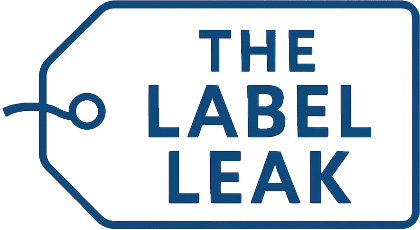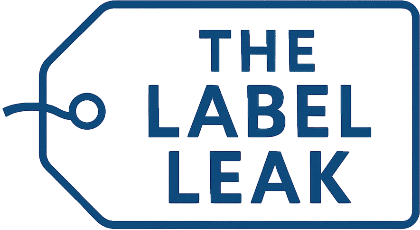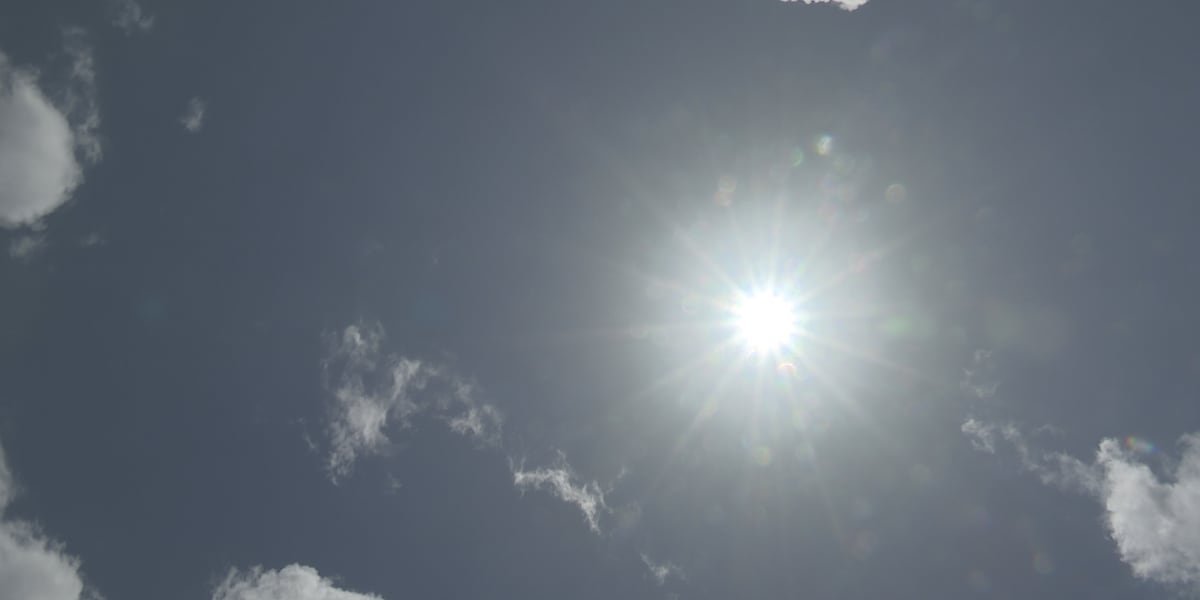Summer safety tips on how to beat the heat
PARKERSBURG, W.Va. (WTAP) – With summer kicking into high gear, it is important to know how to protect yourself or your family from heat-related illnesses.
For Part One of this month’s Health Check, Dr. Lori Gledhill with WVU Medicine Camden Clark Medical Center has some tips to help keep you safe from the summer heat.
When temperatures are extremely high, take steps to protect yourself and your loved ones:
- Stay in an air-conditioned indoor location as much as you can.
- Drink plenty of fluids even if you don’t feel thirsty.
- Schedule outdoor activities carefully.
- Wear loose, lightweight, light-colored clothing and sunscreen.
- Pace yourself.
- Take cool showers or baths to cool down.
- Check on a friend or neighbor and have someone do the same for you.
- Never leave children or pets in cars.
- Check the local news for health and safety updates
Dr. Gledhill also touched on which kind of people are most at risk for dealing with issues during extreme heat:
- Those who work in the heat
- Infants and young children, especially if left in hot cars
- People 65 and older
- People who are ill, have chronic health conditions or are on certain medications
- People who are overweight
Dr. Gledhill also talked about some of the illnesses people can feel from the heat.
She shared some of the warning signs and symptoms people should look out for when it comes to heat exhaustion and heat stroke.
Heat Exhaustion
When the body loses excessive water and salt, usually due to sweating, heat exhaustion can occur. Signs and symptoms include:
- Pale, ashen or moist skin
- Muscle cramps (especially for those working or exercising outdoors in high temperatures)
- Fatigue, weakness or exhaustion
- Headache, dizziness or fainting
- Nausea or vomiting
- Rapid heart rate
Uncontrolled heat exhaustion can evolve into heat stroke, so make sure to treat victims quickly:
- Move victims to a shaded or air-conditioned area
- Give water or other cool, nonalcoholic beverages
- Apply wet towels, or have victims take a cool shower
Heat Stroke
Seek medical help immediately if someone is suffering from heat stroke. Signs include:
- Body temperature above 103 degrees
- Skin that is flushed, dry and hot to the touch; sweating has usually stopped
- Rapid breathing
- Headache, dizziness, confusion or other signs of altered mental status
- Irrational or belligerent behavior
- Convulsions or unresponsiveness
Immediately take action:
- Call 911
- Move the victim to a cool place
- Remove unnecessary clothing
- Immediately cool the victim, preferably by immersing up to the neck in cold water (with the help of a second rescuer)
- If immersion in cold water is not possible, place the victim in a cold shower or move to a cool area and cover as much of the body as possible with cold, wet towels
- Keep cooling until body temperature drops to 101 degrees
- Monitor the victim’s breathing and be ready to give CPR if needed
On Monday June 30, Dr. Gledhill will be back for part two of this month’s Health Check, to talk more about summer safety tips and how to protect yourself from the extreme heat.
Make sure to tune in to WTAP News at 10 on Fox Parkersburg next Monday to learn more!
See an error in our reporting? Send us an email by clicking here!
Copyright 2025 WTAP. All rights reserved.


